Heat pump dryer (in hat) joins its cousins, heat pump water heater and air source heat pump, to save the world.
Heat pumps are one of the key technologies that will save the planet from the unfolding climate crisis. In addition to heating our water and heating and cooling our homes, they can now also dry our clothes. Yes, heat pump dryers are an exciting, relatively new in the US, use of heat pump technology with three to four times the efficiency of a standard dryer. In Europe, heat pump dryers already make up at least half of the market. Our family recently jumped on the bandwagon and purchased our first heat pump dryer last year (spoiler alert: we love it).
While dryer energy use is small compared to space and water heating, and could be replaced by hang drying, the dryer does consume around 7% (700 kWh a year) of the average home’s electricity. With more heat pump dryer models coming to the market, and rapidly improving technology, we figured it was a good time to look into what this technology is all about.
What is a Heat Pump Dryer
As the name suggests, heat pump dryers use the seemingly magical technology of heat pumps to more efficiently dry clothes. Instead of creating heat, they capture it from the air using refrigerants and recycle that heat over and over again rather than wastefully venting it outside. ENERGY STAR has a great one-minute video explaining how they work.
Image courtesy of Massachusetts Clean Energy Center
There are three types:
Heat pump dryers. Most heat pump dryers are powered only by a heat pump without any electric resistance backup system. ENERGY STAR rates these as the “most efficient” type of dryer, and they use an average of 100-200 kilowatt hours (kWh) a year. They also have longer drying times (see below).
Hybrid heat pump dryers. This is a heat pump dryer combined with electric resistance technology. It can run in more efficient heat pump mode or in the less efficient electric resistance mode, which can kick in to speed up drying time. Hybrid dryers usually come in bigger sizes. ENERGY STAR estimates they use between 400-500 (kWh) which is better than the standard electric dryer (700-800 kWhs/year) but not mind bendingly so.
Combo washer/heat pump dryer units. This is an exciting emerging product that combines a washer and a heat pump dryer into one appliance. GE just released a model that our friends at Yale Appliance say, “could change the way we do laundry.” The washing and drying happens in one machine that’s both water and energy efficient. The product saves time and valuable space.
Read our full article on heat pump dryers here
5th Annual Hang Dry For Climate Change Week
August 19-26 is the 5th annual Hang Dry Week, a fun way to promote sustainable laundry. Here’s how to participate:
Join our Heat Pump Dryer webinar on August 23. We'll be chatting with experts at Yale Appliances about new models. Register here.
Share artwork celebrating hang drying. We have lots of great images, flyers and social media posts to celebrate and encourage the overlooked, energy saving practice of hang drying. Check them out and use images here.
Post photos or videos of your clothes basking in the sun. #hangdryweek
Set a new record for number of laundry items hung in one minute (Joe did 19)!
Share resources related to hang drying
Why drying laundry outdoors makes your clothes smell amazing
A manifesto on how hang drying laundry can help solve a giant problem like climate change
Participants will be entered to win prizes from Daytek. Just use #hangdryweek or email photos to joew@electrifynow.net.
Related Electrify Now Videos
In this video, we explore heat pump dryers with ENERGY STAR and Rewiring America. Plus we show off our new heat pump dryer live on camera. Watch the recording here.
In this video, we chat about a recent heat pump dryer study and why hang drying is such an easy way to capture the sun’s energy to dry clothes. Watch the recording here.

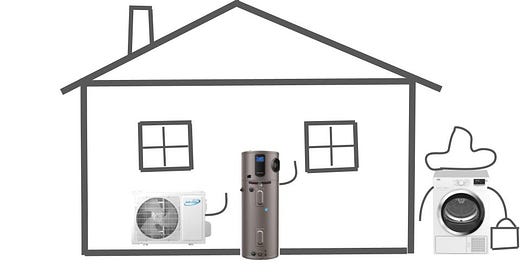



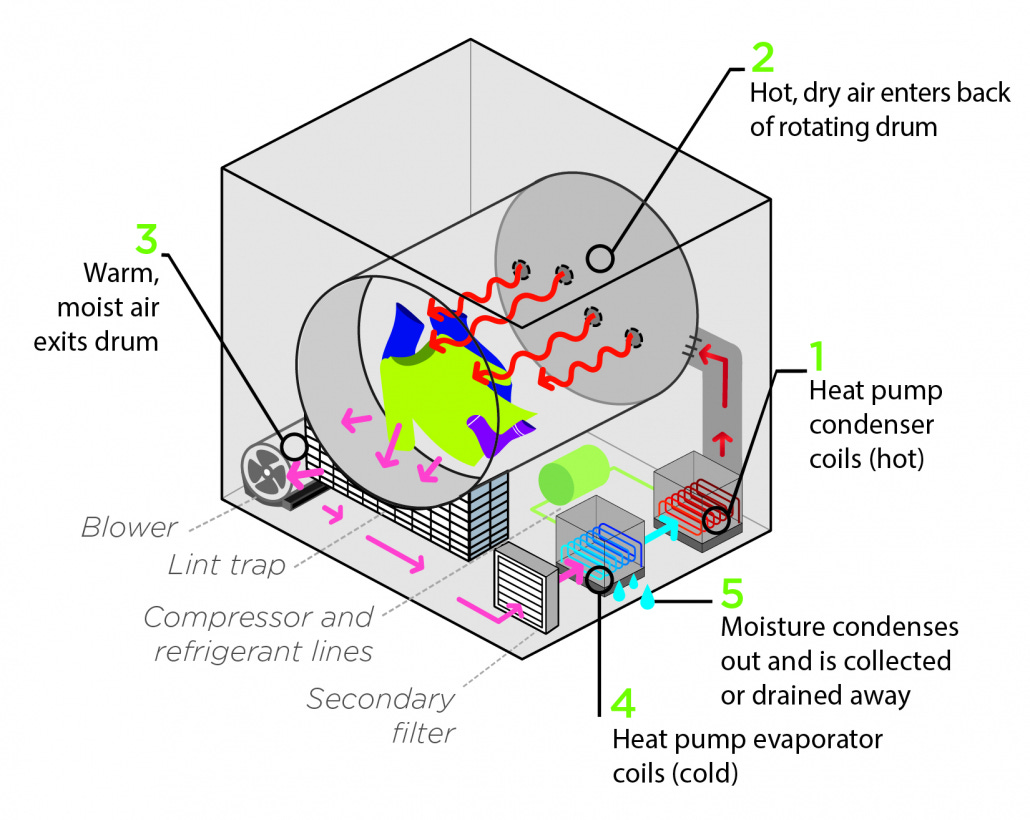
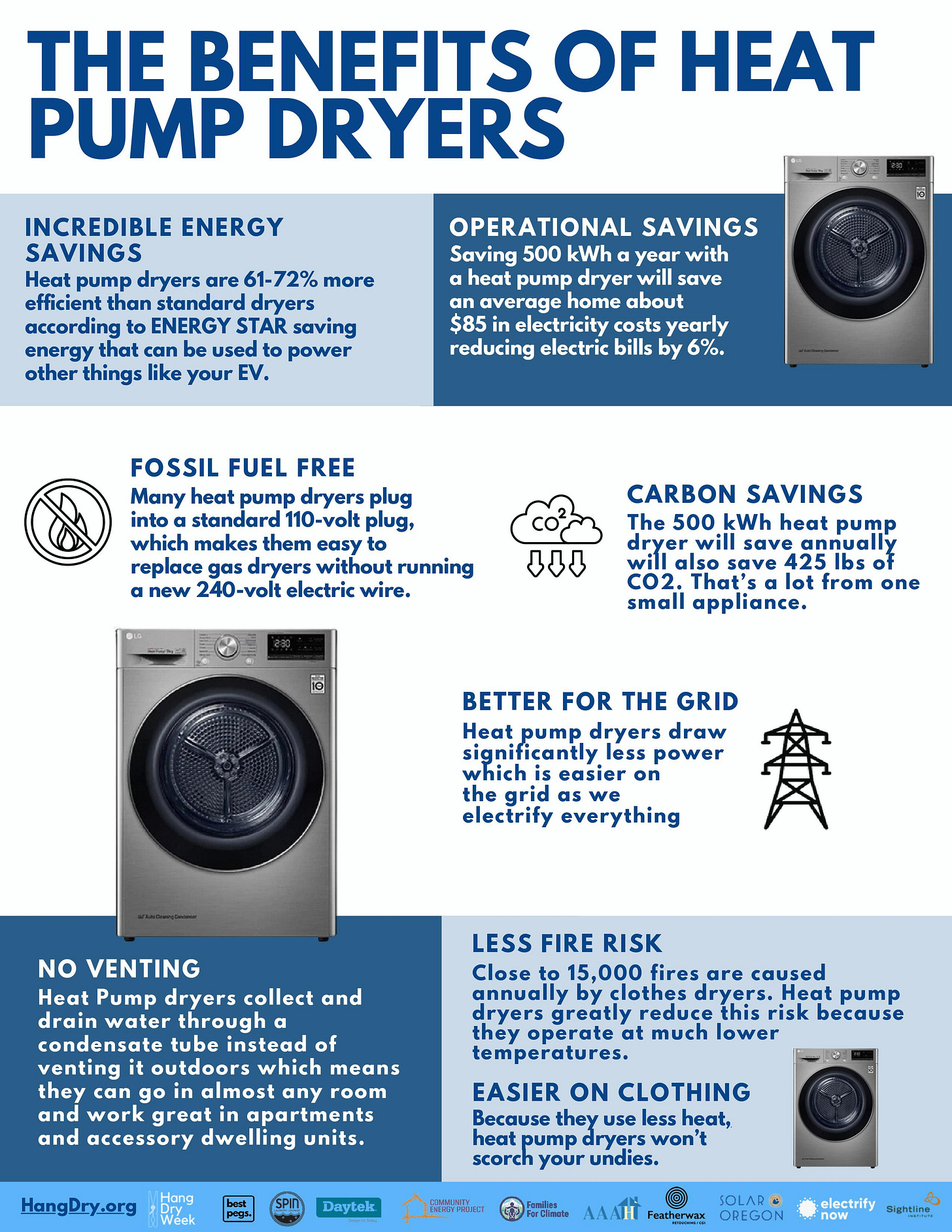
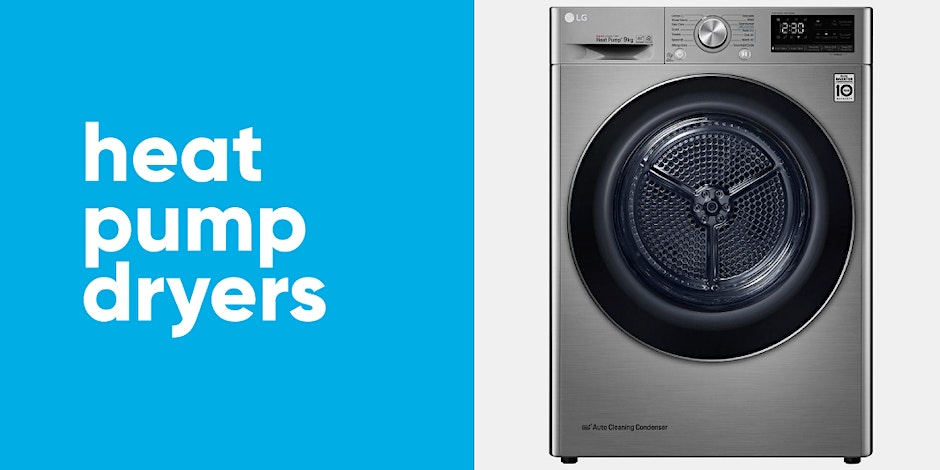
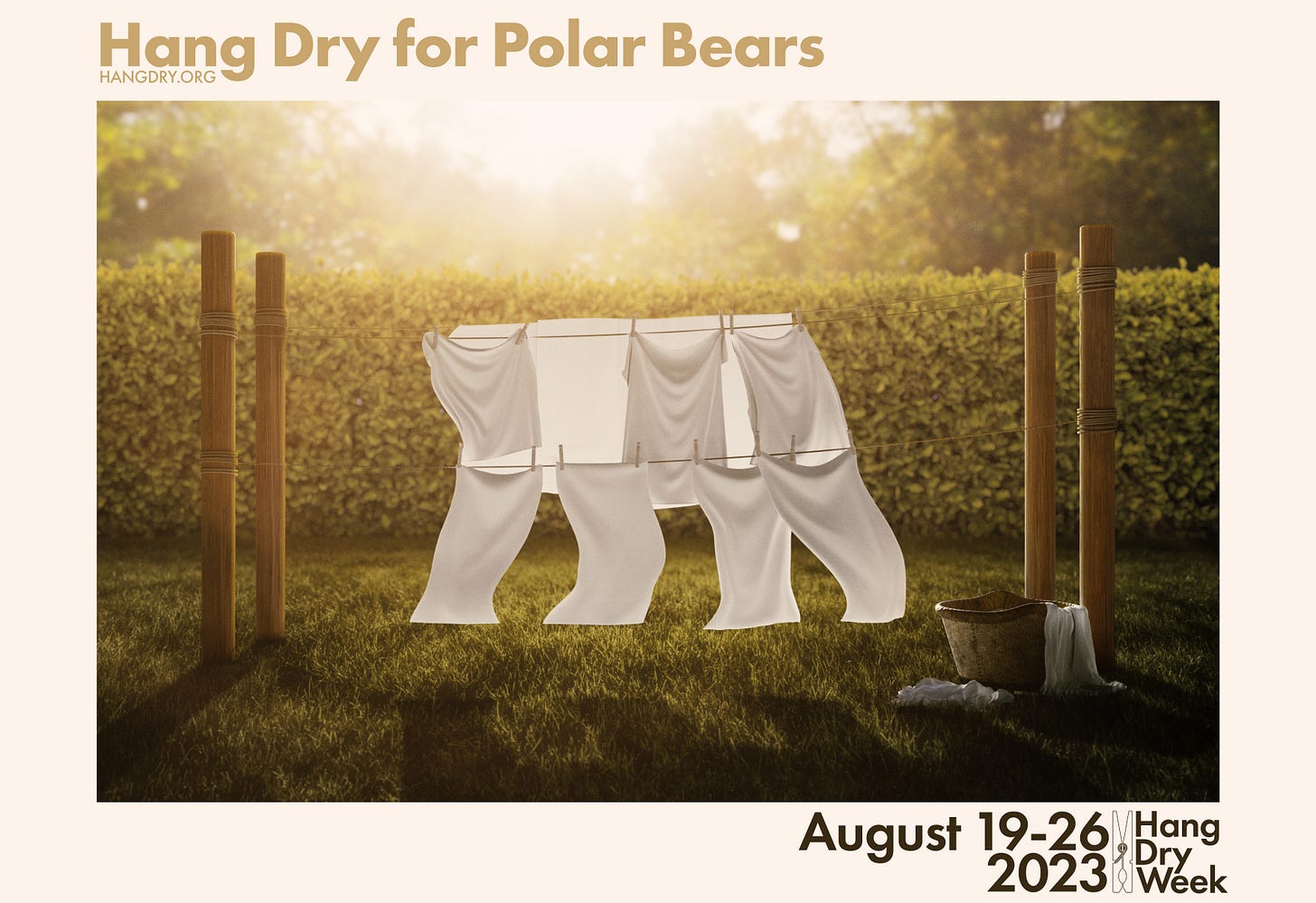


Based on your recommendation, I purchased a Samsung heat pump dryer about 2 years ago. What sold me was that, in addition to the greater energy efficiency, it required no venting, so that eliminated a fire hazard given the lengthy duct hose I previously had, plus I had limited options as to where to vent my old dryer.
I'm happy with the dryer, because I am all about energy efficiency, but others considering such a purchase should be reminded that drying time is noticeably longer, and there have been many times when I have to run the dryer a 2nd time because the load was not dry. My dryer also has a towel setting, so that often works well, too. Just don't be in any rush to get your clothes dry.